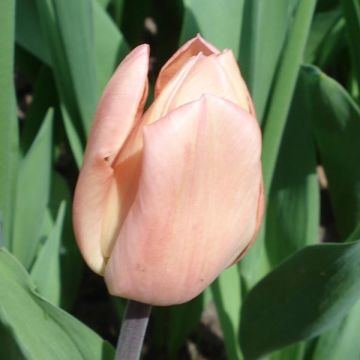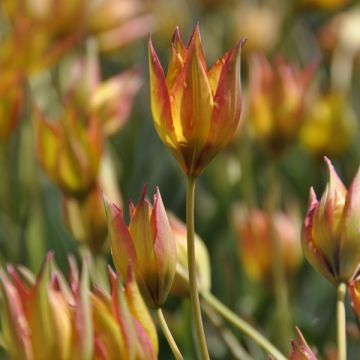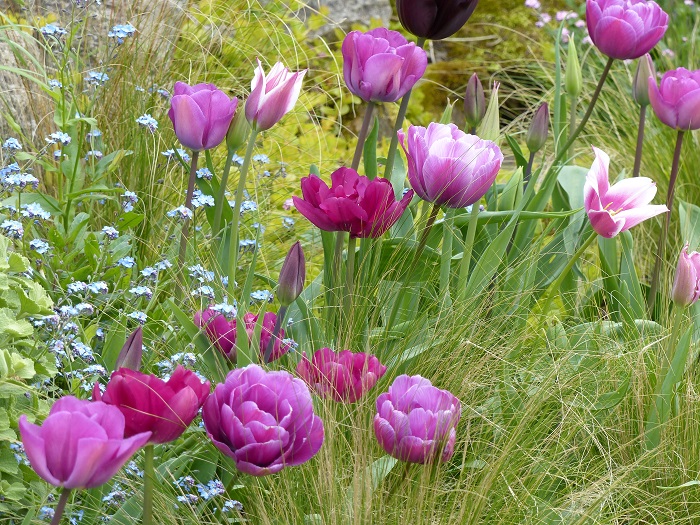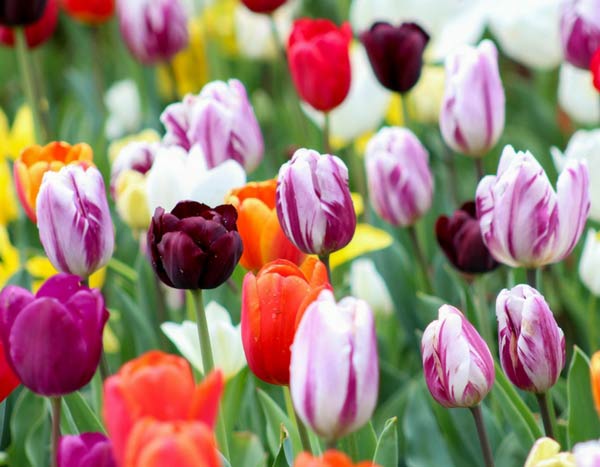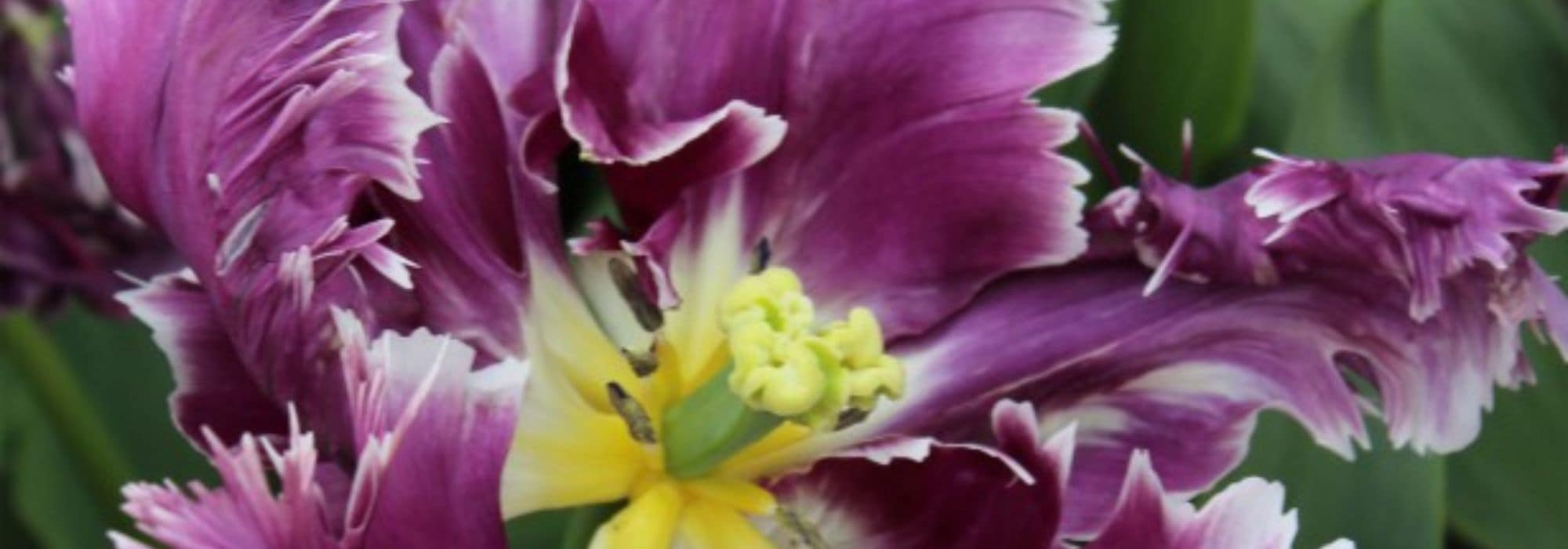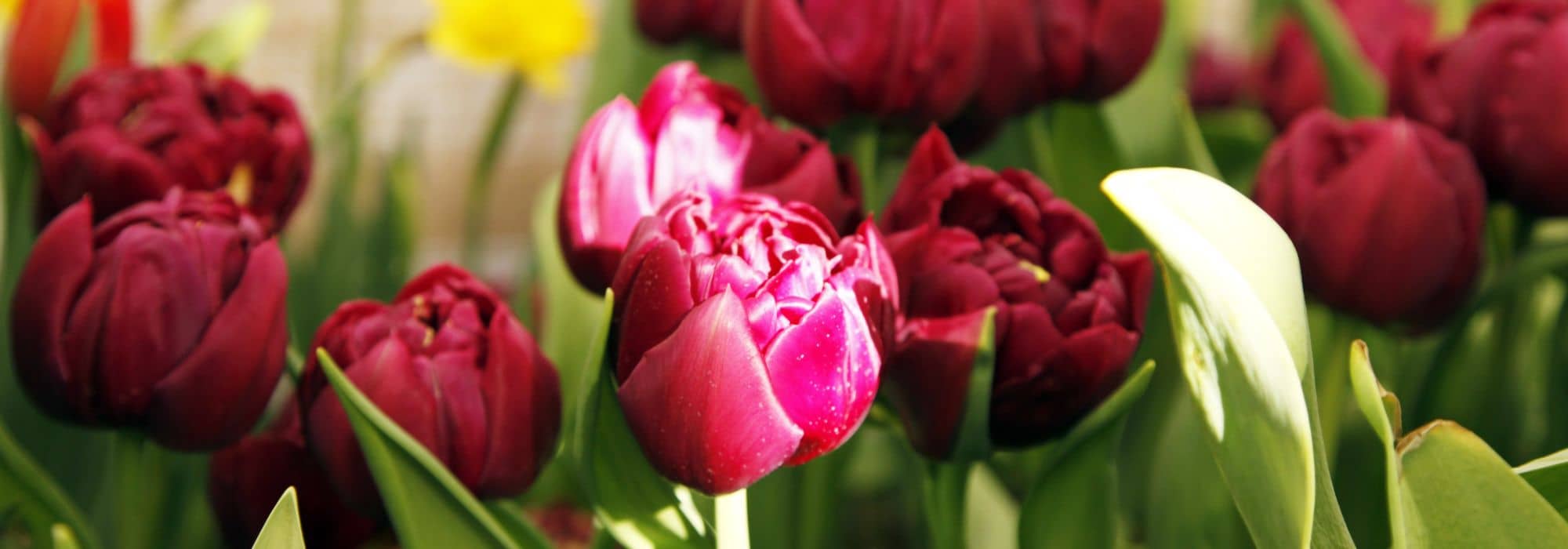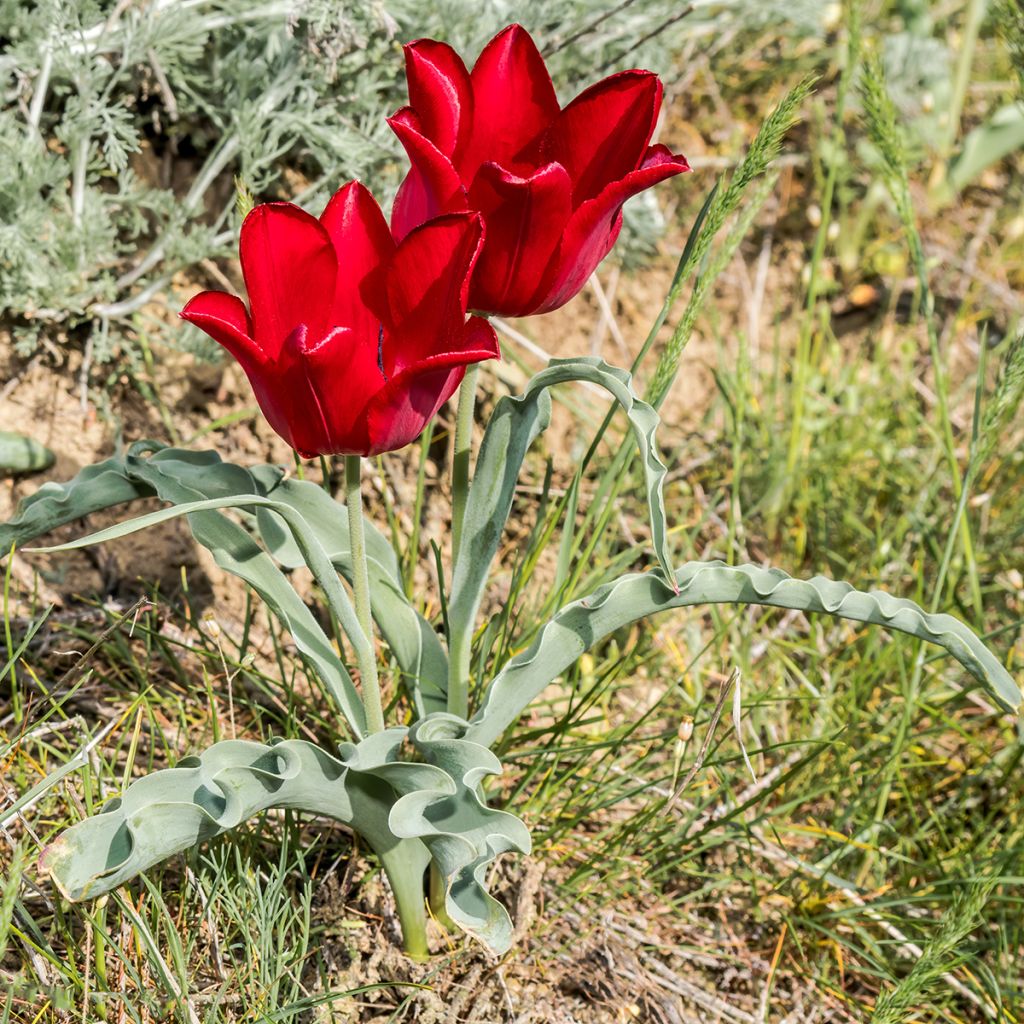

Tulipa eichleri - Botanical Tulip
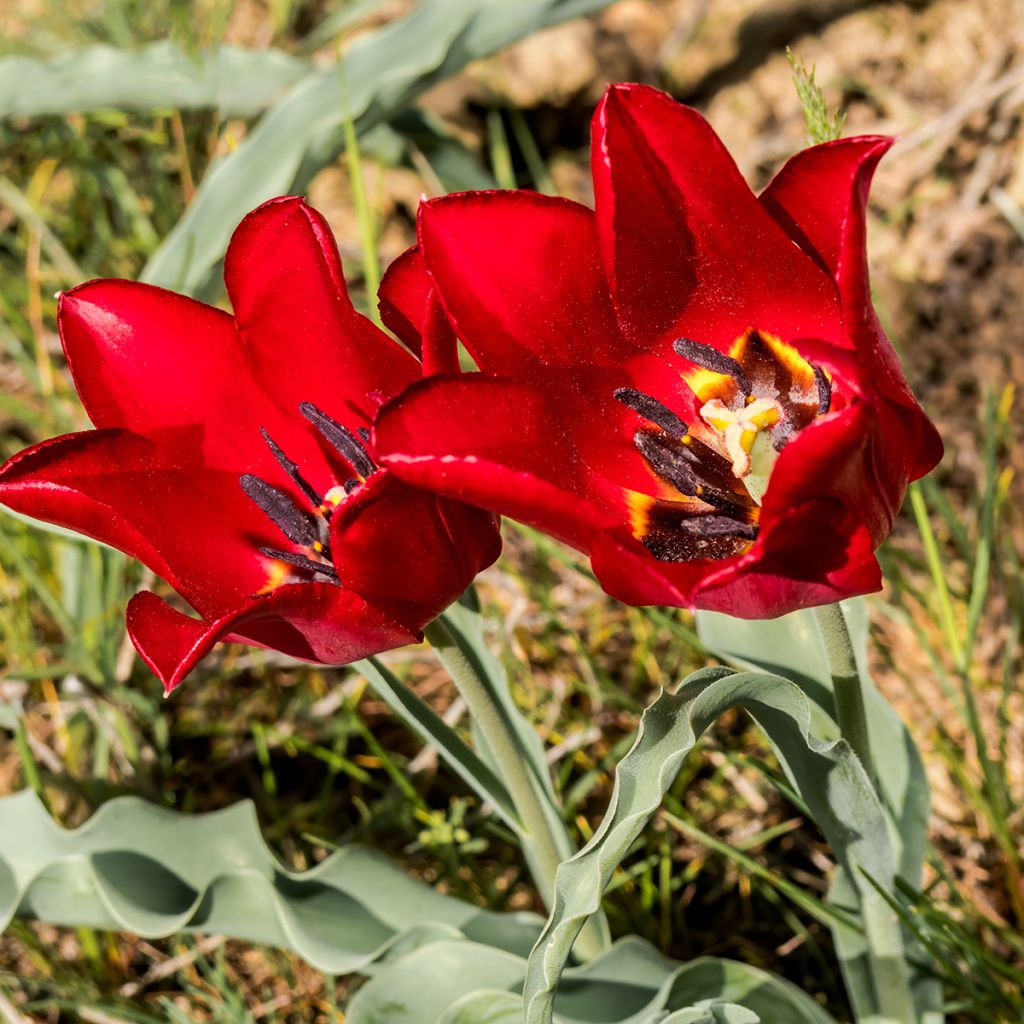

Tulipa eichleri - Botanical Tulip
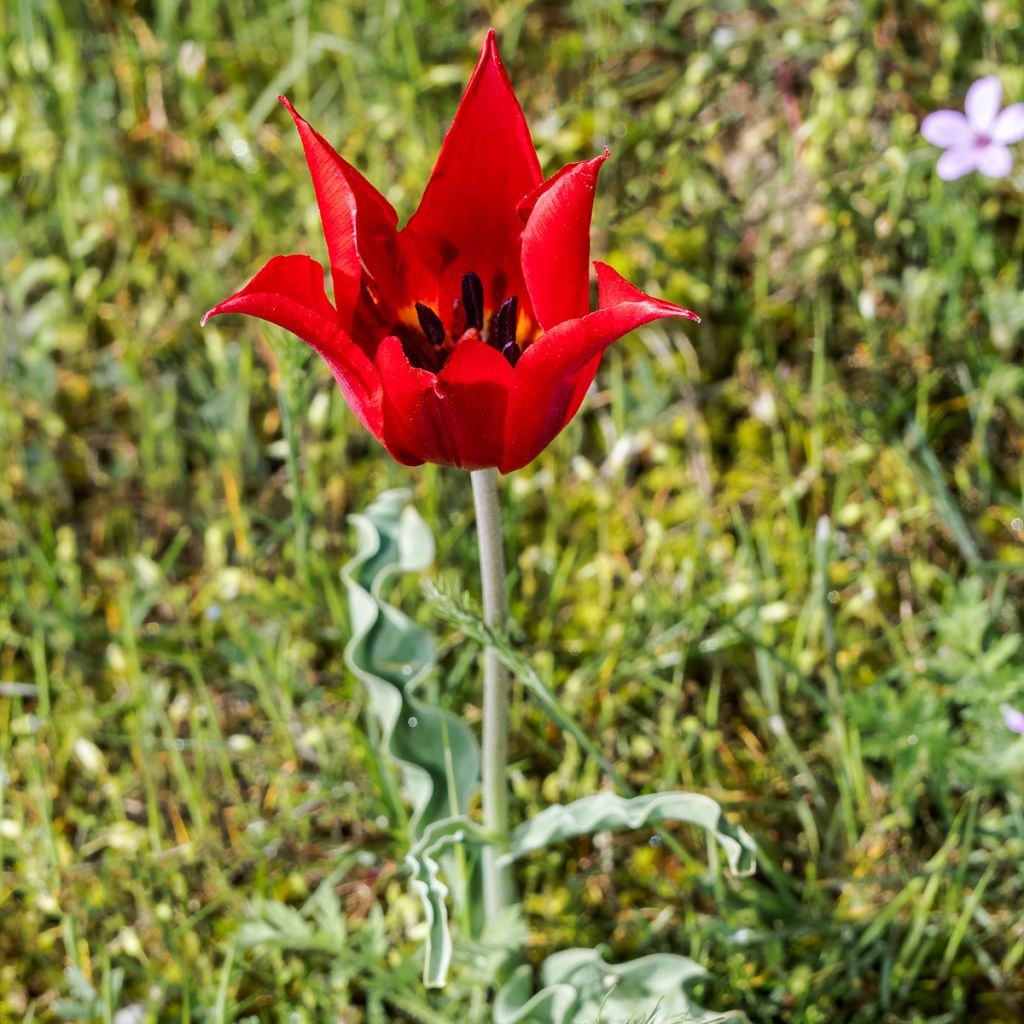

Tulipa eichleri - Botanical Tulip
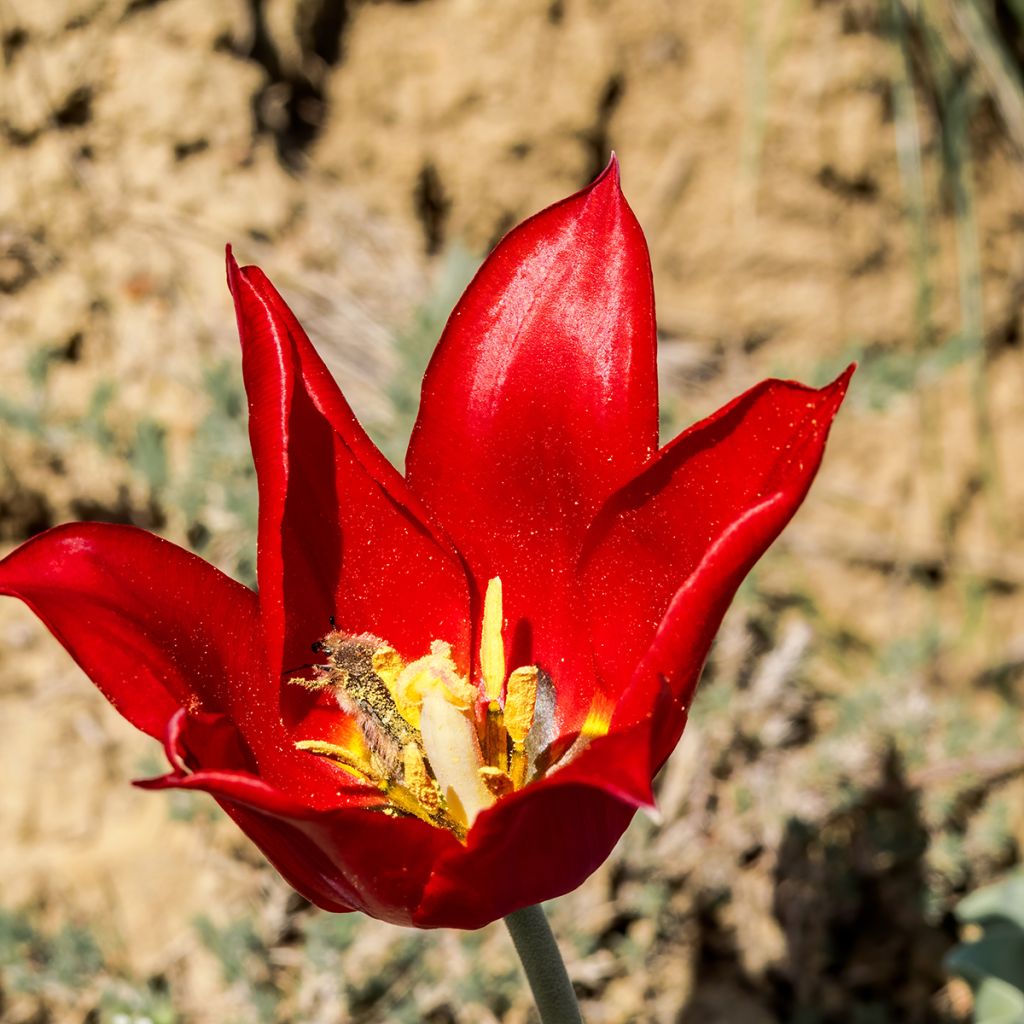

Tulipa eichleri - Botanical Tulip
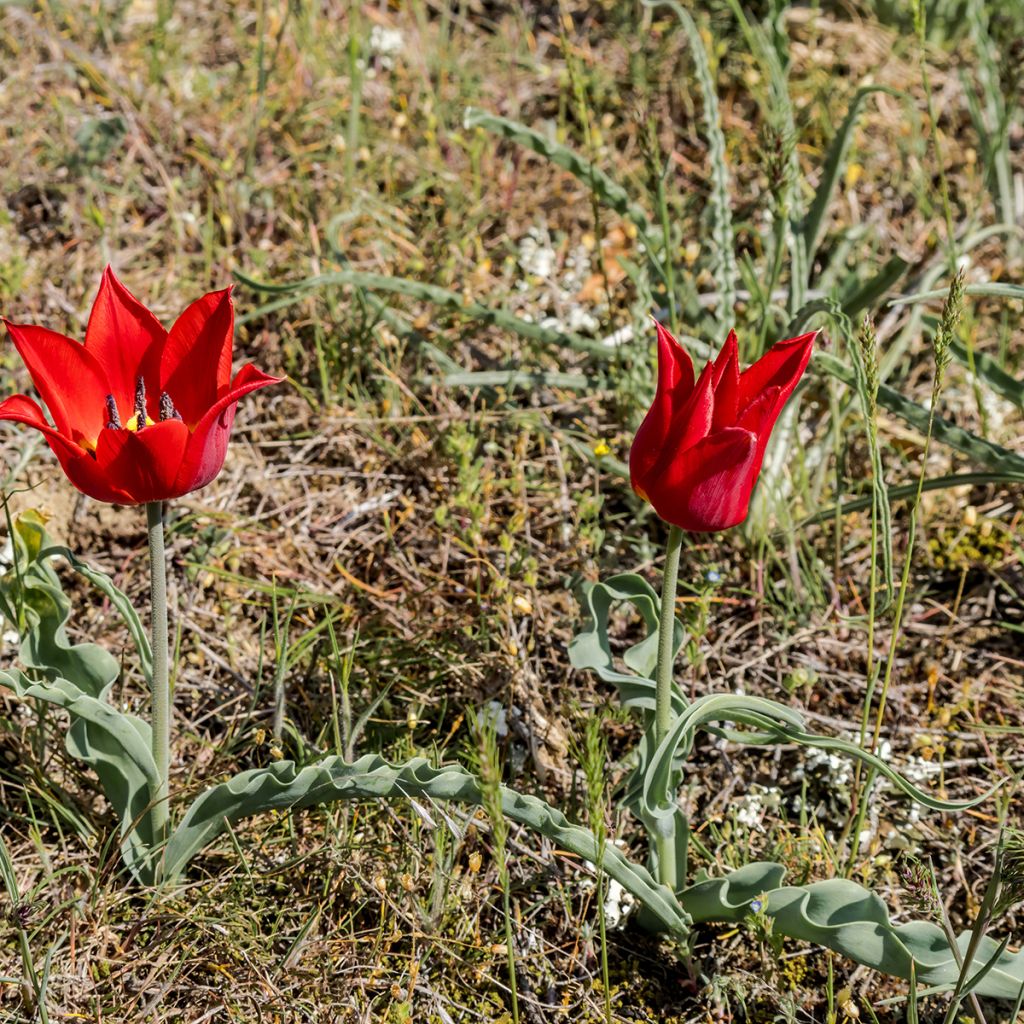

Tulipa eichleri - Botanical Tulip
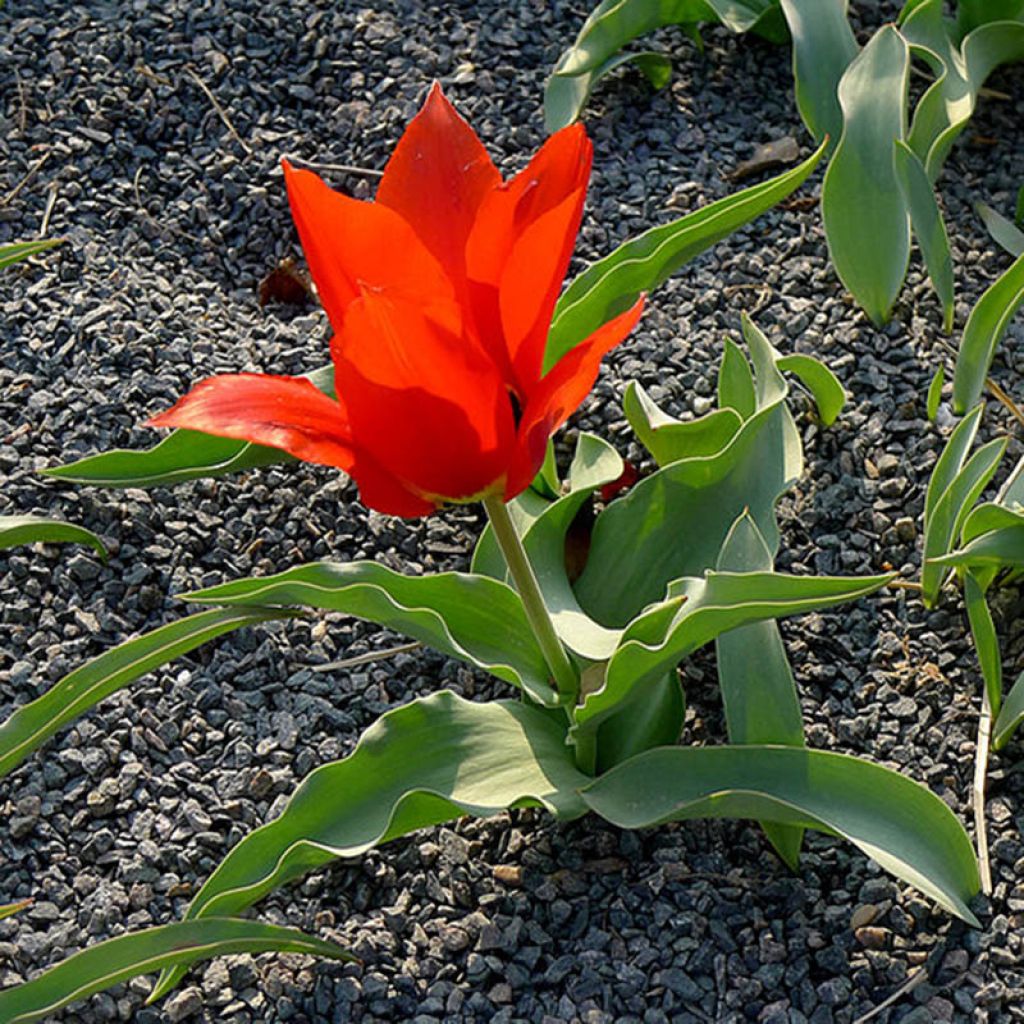

Tulipa eichleri - Botanical Tulip
Tulipa eichleri - Botanical Tulip
Tulipa eichleri
Fosteriana Tulip
Pretty flowers but after ordering 30, less than ten have bloomed.... very disappointed." Analysis: - The translation is accurate and captures the intended meaning of the original text. - The spelling and grammar are correct. - The structure of the sentence is appropriate. - The tone of the translation matches the original text.
Nathalie, 29/06/2022
Special offer!
Receive a €20 voucher for any order over €90 (excluding delivery costs, credit notes, and plastic-free options)!
1- Add your favorite plants to your cart.
2- Once you have reached €90, confirm your order (you can even choose the delivery date!).
3- As soon as your order is shipped, you will receive an email containing your voucher code, valid for 3 months (90 days).
Your voucher is unique and can only be used once, for any order with a minimum value of €20, excluding delivery costs.
Can be combined with other current offers, non-divisible and non-refundable.
Why not try an alternative variety in stock?
View all →This plant carries a 6 months recovery warranty
More information
We guarantee the quality of our plants for a full growing cycle, and will replace at our expense any plant that fails to recover under normal climatic and planting conditions.

Would this plant suit my garden?
Set up your Plantfit profile →
Description
The botanical Tulip, Tulipa eichleri gracefully displays its opulent, boldly striking flowers, ranging from crimson to scarlet red. Its satin petals shimmer in the sunlight and open into wide cups, like open bells, revealing a black throat bordered with yellow. The flowers are borne on stems adorned with 3 or 4 curiously wavy, glaucous, greyish and shiny green leaves. This species is eas to grow in the sun, in well-drained, preferably chalky soil which is dry in summer. It blooms early in spring, in March-April.
The botanical Tulip eichleri, also known as Tulipa undulatifolia, belongs to the lily family. It is native to northwest Iran and neighbouring countries. This small tulip will reach 30 to 35 cm (12 to 14in) high when in flower. Its bluish-green, somewhat greyish, quite broad, and wavy leaves reflect the light beautifully. The flowers appear in March-April, earlier or later depending on the climate. They are solitary, enormous in comparison to the plant, widely open, and borne on sturdy stems. It is difficult to find a more intense shade of red than these scarlet petals which are enhanced by an icy sheen on the inside. The base of the petals is spotted with black, each central spot bordered by a fine yellow edge.
Botanical tulips do not degenerate, they naturalise in the garden, particularly thriving in rock gardens. To create colourful scenes, they can be paired with various small bulb plants: Crocus, Allium, Ipheion, Narcissus... These tulips are unparalleled in bringing colour to spring in pots in the sun.
Tulip species are found in most of the Old World, from Western Europe to China and Japan, passing through Eastern Europe, Asia Minor, and Central Asia. Their distribution range also includes North Africa and the Indian subcontinent. The centre of diversity for the genus is in the Pamir and Hindu Kush mountains and the steppes of Kazakhstan.
Tulipa eichleri - Botanical Tulip in pictures


Plant habit
Flowering
Foliage
Botanical data
Tulipa
eichleri
Liliaceae
Fosteriana Tulip
Central Asia
Other Botanical Tulips
View all →Planting and care
Plant Tulipa eichleri bulbs in autumn, from September to December, at a depth of 5 cm (2in), 10 cm (4in) apart in ordinary, slightly acidic, neutral, or slightly alkaline, light, loose, sandy or gravelly, and well-draining soil. Never add manure or not fully decomposed compost to the planting soil, as this could cause the bulbs to rot. Botanical tulips thrive in moist to dry soil. Plant them in a sunny or partially shaded location. Once flowering is complete, it is advisable to remove the seed heads to prevent the plant from being depleted.
Planting period
Intended location
Care
Planting & care advice
-
, onOrder confirmed
Reply from on Promesse de fleurs
Haven't found what you were looking for?
Hardiness is the lowest winter temperature a plant can endure without suffering serious damage or even dying. However, hardiness is affected by location (a sheltered area, such as a patio), protection (winter cover) and soil type (hardiness is improved by well-drained soil).

Photo Sharing Terms & Conditions
In order to encourage gardeners to interact and share their experiences, Promesse de fleurs offers various media enabling content to be uploaded onto its Site - in particular via the ‘Photo sharing’ module.
The User agrees to refrain from:
- Posting any content that is illegal, prejudicial, insulting, racist, inciteful to hatred, revisionist, contrary to public decency, that infringes on privacy or on the privacy rights of third parties, in particular the publicity rights of persons and goods, intellectual property rights, or the right to privacy.
- Submitting content on behalf of a third party;
- Impersonate the identity of a third party and/or publish any personal information about a third party;
In general, the User undertakes to refrain from any unethical behaviour.
All Content (in particular text, comments, files, images, photos, videos, creative works, etc.), which may be subject to property or intellectual property rights, image or other private rights, shall remain the property of the User, subject to the limited rights granted by the terms of the licence granted by Promesse de fleurs as stated below. Users are at liberty to publish or not to publish such Content on the Site, notably via the ‘Photo Sharing’ facility, and accept that this Content shall be made public and freely accessible, notably on the Internet.
Users further acknowledge, undertake to have ,and guarantee that they hold all necessary rights and permissions to publish such material on the Site, in particular with regard to the legislation in force pertaining to any privacy, property, intellectual property, image, or contractual rights, or rights of any other nature. By publishing such Content on the Site, Users acknowledge accepting full liability as publishers of the Content within the meaning of the law, and grant Promesse de fleurs, free of charge, an inclusive, worldwide licence for the said Content for the entire duration of its publication, including all reproduction, representation, up/downloading, displaying, performing, transmission, and storage rights.
Users also grant permission for their name to be linked to the Content and accept that this link may not always be made available.
By engaging in posting material, Users consent to their Content becoming automatically accessible on the Internet, in particular on other sites and/or blogs and/or web pages of the Promesse de fleurs site, including in particular social pages and the Promesse de fleurs catalogue.
Users may secure the removal of entrusted content free of charge by issuing a simple request via our contact form.
The flowering period indicated on our website applies to countries and regions located in USDA zone 8 (France, the United Kingdom, Ireland, the Netherlands, etc.)
It will vary according to where you live:
- In zones 9 to 10 (Italy, Spain, Greece, etc.), flowering will occur about 2 to 4 weeks earlier.
- In zones 6 to 7 (Germany, Poland, Slovenia, and lower mountainous regions), flowering will be delayed by 2 to 3 weeks.
- In zone 5 (Central Europe, Scandinavia), blooming will be delayed by 3 to 5 weeks.
In temperate climates, pruning of spring-flowering shrubs (forsythia, spireas, etc.) should be done just after flowering.
Pruning of summer-flowering shrubs (Indian Lilac, Perovskia, etc.) can be done in winter or spring.
In cold regions as well as with frost-sensitive plants, avoid pruning too early when severe frosts may still occur.
The planting period indicated on our website applies to countries and regions located in USDA zone 8 (France, United Kingdom, Ireland, Netherlands).
It will vary according to where you live:
- In Mediterranean zones (Marseille, Madrid, Milan, etc.), autumn and winter are the best planting periods.
- In continental zones (Strasbourg, Munich, Vienna, etc.), delay planting by 2 to 3 weeks in spring and bring it forward by 2 to 4 weeks in autumn.
- In mountainous regions (the Alps, Pyrenees, Carpathians, etc.), it is best to plant in late spring (May-June) or late summer (August-September).
The harvesting period indicated on our website applies to countries and regions in USDA zone 8 (France, England, Ireland, the Netherlands).
In colder areas (Scandinavia, Poland, Austria...) fruit and vegetable harvests are likely to be delayed by 3-4 weeks.
In warmer areas (Italy, Spain, Greece, etc.), harvesting will probably take place earlier, depending on weather conditions.
The sowing periods indicated on our website apply to countries and regions within USDA Zone 8 (France, UK, Ireland, Netherlands).
In colder areas (Scandinavia, Poland, Austria...), delay any outdoor sowing by 3-4 weeks, or sow under glass.
In warmer climes (Italy, Spain, Greece, etc.), bring outdoor sowing forward by a few weeks.






























